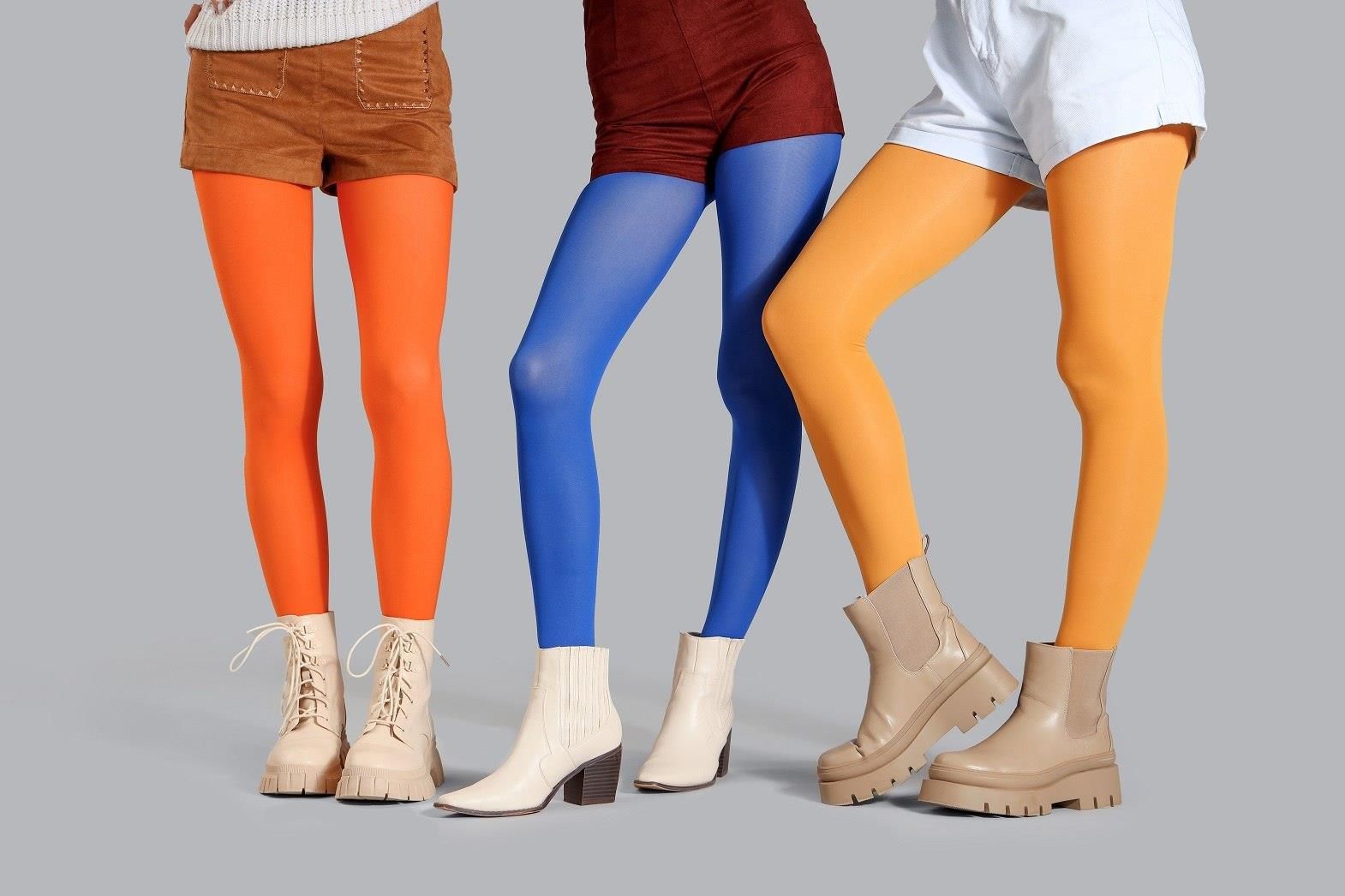Thoughpredominantly a female attire, pantyhose is also worn by men for practicalpurposes. It is used by NFL football players, campers, hunters, horsebackriders, and soldiers. It is worn by men to improve athletic performance,energize, and revitalize their leg muscles. Current trends indicate theperiphery of this trend moving towards mainstream acceptance, and men preferwearing them with shorts. The shades being closely related to their skin tonesmake it difficult to notice them.
GlobalHosiery Market:
Diverseoptions are available for hosieries such as; textured, printed, sheet, footlesstights, opaque, leggings, panty hose, and fishnet stockings. Global market forhosiery is forecasted to grow and reach USD 20.3 billion by 2015. North Americaand EU will be the biggest markets for hosieries accounting for 65% of thetotal global marketplace. EU will be the biggest market for hosieries both interms of value, and sales volume. North America which had been a big marketwill see a decline in the coming years. Recession leading to a predictableslowdown, tightening budgets, and weakening purchasing power of the consumerswill lead to the decline. Despite the decline, North America would trail EU inthe hosiery market share.
Japanwitnessed a 1% decline in the current value during 2010. Market value iscurrently estimated to be around ¥595.4 billion. Decreasing young population,more ageing population, and low fertility rate has caused Japans hosierymarket to decline. Japan is proposing to implement Free Trade Agreements withother South East Asian countries, implementing the Rules of Origin (RoO). Thisfacilitates low income countries (except India, China, and Pakistan) to haveduty free trade access with Japan.
Indiansspend approximately USD27 a year for clothes, of which hosiery accounts for0.9%. France, which makes just 1% of the global population, spends USD547 per head, per year onclothes of which 6.3% is on hosiery. China accounts for 80% of the globalhosiery production, with its domestic sales accounting for €3 billion during2010.
Brands and Competition:
Changing nature of lifestyle is bringing in a sea change in the hosiery industry. Manufacturers are taking hard efforts to increase their market share, especially among the younger age group. Competitive pricing plays a crucial role in establishing a strong market for the brands. For getting a successful brand acceptance, companies get into fierce competition providing best bargains and offering promotional discounts to customers. Many brands even offer value added multipack merchandise at throwaway prices.
Global hosiery market is strongly characterized by private labels. Major players in the global market include Golden Lady SpA, LLC, LVMH, Kayser-Roth, Gold Toe-Moretz, Donna Karan Intl, Triumph, Tefron USA, and Hannesbrands. Manufacturers face strong competition from the domestic players, and also with the flood of cheap imports.
Hosieries on the ramp:
In par with the latest styles, new collection of hosieries are available in a wide range of classic, and modern styles with a fascinating glitz portraying latest fashion trends. Novel looks, attractive colors, body shaper products, moisturizing pantyhose, anti cellulite, Capri styles, footless, and low rise hosiery are a few of the latest additions in the market. Apart from being a casual wear, tights find multiple uses such as; worn during yoga, exercises, or during dance classes. Opaque tights in rainbow patterns dominate the fashion scene. Highlighted by ramp walk models, this apparel is likely to grow significantly through 2015.
Challenges:
Hosiery market is more of youth centric targeting. Regardless of all positive signals, the primary focus of the industry is on the population falling in the age group; 15-29. This segment comprises only 35% of the total market. People in the age group of 30+ continue to grow, making a good potential for hosieries. They represent 75% of the total market, and with good income source; make a profitable target for hosiery manufacturers. People of this segment need a wider sizing spectrum rendering on features such as easy care, free movement, and comfort. Other health related issues relating to old age may also hinder them from getting dressed. All these factors play a vital role in manipulating the market. Older age group and plus size are the two areas which needs the focus of the hosiery manufacturers.
People's craving for a trendy lifestyle and desire to pamper themselves, supplemented by dual income has triggered the growth of hosiery market. Countries in which population grows rapidly offers good market for hosiery manufacturers. Manufacturers need to adopt innovative approaches.
References:
1) Adsaleata.com
2) Business-standard.com








Comments